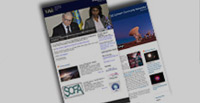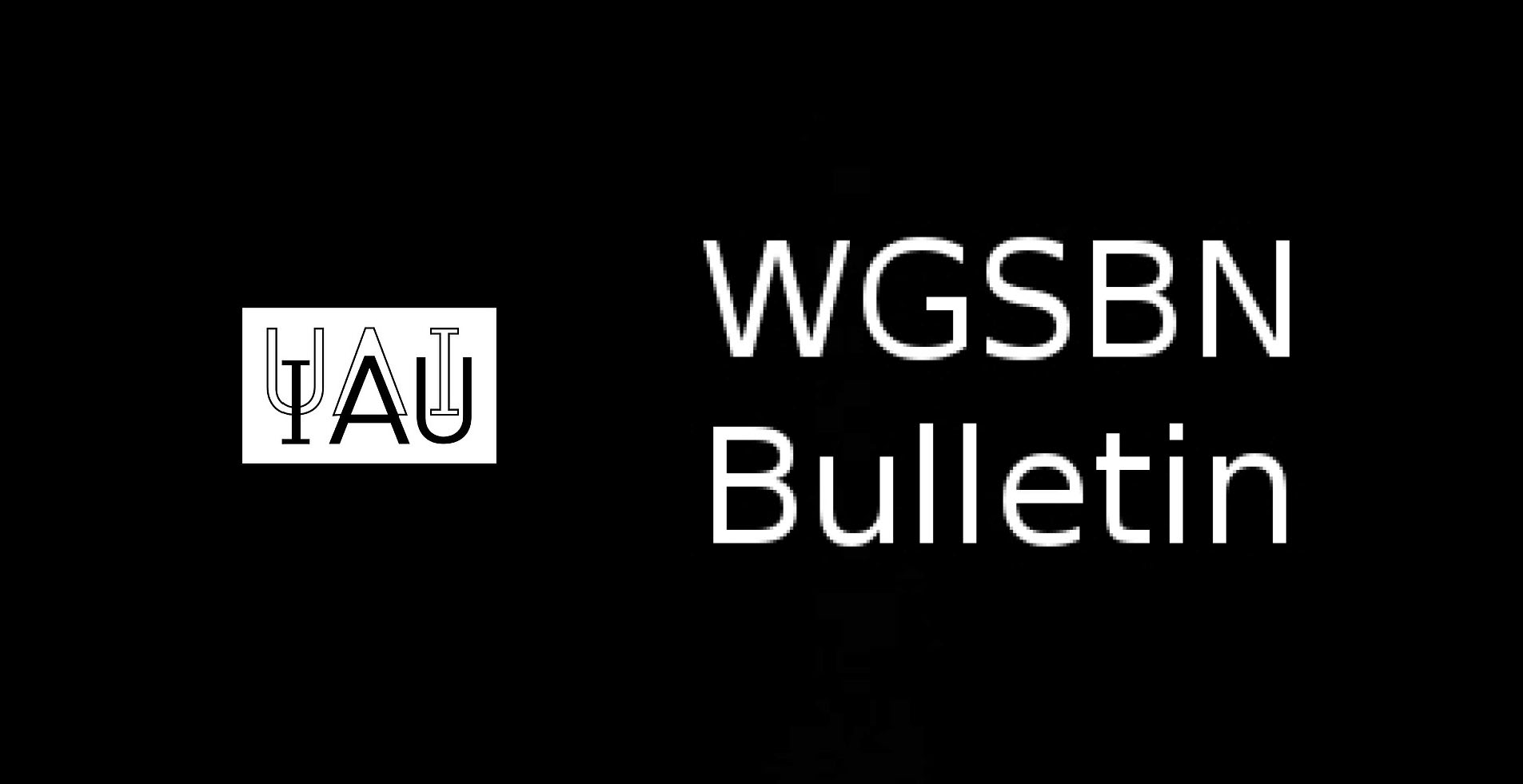- News
- Science
- Scientific Bodies
- Divisions
- Commissions
- Commission A1 Structure
- Commission A2 Structure
- Commission A3 Structure
- Commission A4 Structure
- Commission B1 Structure
- Commission B2 Structure
- Commission B3 Structure
- Commission B4 Structure
- Commission B5 Structure
- Commission B6 Structure
- Commission B7 Structure
- Commission C1 Structure
- Commission C2 Structure
- Commission C3 Structure
- Commission C4 Structure
- Commission C5 Structure
- Commission D1 Structure
- Commission E1 Structure
- Commission E2 Structure
- Commission E3 Structure
- Commission E4 Structure
- Commission F1 Structure
- Commission F2 Structure
- Commission F3 Structure
- Commission F4 Structure
- Commission G1 Structure
- Commission G2 Structure
- Commission G3 Structure
- Commission G4 Structure
- Commission G5 Structure
- Commission H1 Structure
- Commission H2 Structure
- Commission H3 Structure
- Commission H4 Structure
- Commission J1 Structure
- Commission J2 Structure
- Commission J3 Structure
- Commission X1 Structure
- Commission X2 Structure
- Past Commission Organising Committees
- Working Groups
- Centres
- Scientific Meetings
- Rules & Guidelines
- General Assemblies
- Meeting Proposals
- Future IAU Meetings
- General Assemblies
- EC Meetings
- Officers' Meetings
- Regional Meetings
- Symposia
- Focus Meetings
- Institutional Meetings
- IAU Offices Meetings
- IAU-Sponsored Meetings
- Letters of Intent submitted for 2024
- Letters of Intent submitted for 2023
- Letters of Intent submitted for 2022
- Letters of Intent submitted for 2021
- Letters of Intent submitted for 2020
- Past IAU Meetings
- Templates
- Other Meetings
- Grants & Prizes
- Scientific Bodies
- Publications
- IAU Publications
- IAU Strategic Plan
- Symposia
- WGSBN Bulletins
- Regional Meetings
- Information Bulletins/Catalyst
- E-Newsletters
- Focus Meetings
- Transactions A
- Transactions B
- Related Publications
- GA Newspapers
- CAPjournal
- IAU Books
- Brochures
- IAU Offices
- WG Reports
- Commission Reports
- Division Reports
- Past IAU Publications
- Rules, Guidelines and Instructions for Proceedings
- Publishers
- IAU Publications
- Administration
- About the IAU
- Statutes & Rules
- IAU Policies
- IAU Executive Bodies
- IAU Secretariat
- Resolutions
- Members Administration
- Administrative Dates & Deadlines
- International Organisations Relations
- Donate to the IAU
- Training in Astronomy
- Astronomy for Education
- Astronomy for Development
- Astronomy for the Public
- Office for Astronomy Outreach
- FAQ
- Themes
- Satellite Constellations
- Astronomy in Everyday Life
- How to Report a Discovery
- Careers in Astronomy
- Defining our Place in the Cosmos
- The Constellations
- Light Pollution
- Measuring the Universe
- Near Earth Objects
- How to Participate in Astronomy Research
- Naming of Astronomical Objects
- Naming of Exoplanets
- Buying Star Names
- Naming Stars
- Pluto and the Solar System
- IAU Member Statistics
- Our Moon: the Moon
- Meteors & Meteorites: The IAU Definitions of Meteor Terms
- UNESCO-IAU Portal to the Heritage of Astronomy
- Social Media
- Past Events
- Call for Online Resources
- Astronomy@Home Awards
- Contact

Alan T. Moffet
United States
1936-1987
Obituary:
Alan Theodore Moffet was born in 1936 and died on August 20, 1987. Al received his BA from Wesleyan in 1957 and his PhD in Physics from Caltech in 1961. After leaving Caltech, Al spent a year at the University of Bonn as a Fulbright Scholar where he refined his skills in German. He then returned to Caltech first as a Research Fellow, and then went on to became a Professor of Radio Astronomy. From 1975 to 1979, he led the Caltech radio astronomy program as the Director of the Owens Valley Radio Observatory (OVRO), and from 1984 to 1987 was the Caltech Executive Officer for Astronomy.
Al went to Caltech graduate school to study nuclear physics, but in 1959 became involved in the radio astronomy program and was one of the first people in the US to receive a PhD in radio astronomy. While still a graduate student, working under John Bolton, Al, along with the other graduate students, helped to build OVRO. His thesis, using the new OVRO interferometer, showed for the first time the ubiquity of double component radio sources. Later, he was probably the first person to recognize that VLBI observations of the quasar 3C 279 implied faster-than light motion. In addition to his continued role in the growing Caltech VLBI program, during his relatively short, but immensely productive career, Al studied radio galaxies, the anisotropy of the microwave background, radio source polarization, molecular spectroscopy, pulsars, and the S-Z effect. For years, his 1966 Annual Reviews (vol. 4, p. 145) article, “The Structure of Radio Galaxies,” and his 1975 review paper, “Strong Nonthermal Radio Emission from Galaxies,” were the standard references on radio galaxies.
During the late 1960s, Al led the unsuccessful Caltech effort to design and fund the Owens Valley Array, and later, he became a valuable member of the VLA Advisory Committee where he made major contributions to the VLA design. Starting in the 1970s, he led the very productive program to develop the Owens Valley 3-element millimeter array that was later expanded to include six elements. Al was equally at home with radio astronomy technology and astrophysics. He is remembered for his forceful character, deep insight, and his legendary knowledge of the radio astronomy literature.
Contributed by Kenneth I. Kellermann
Past affiliation(s) within the IAU
- Past Organizing Committee Member of Commission 40 Radio Astronomy (1979-1982)
- Past Organizing Committee Member of Commission 40 Radio Astronomy (1976-1979)
- Past Member of Commission 40 Radio Astronomy
Search individual members

















